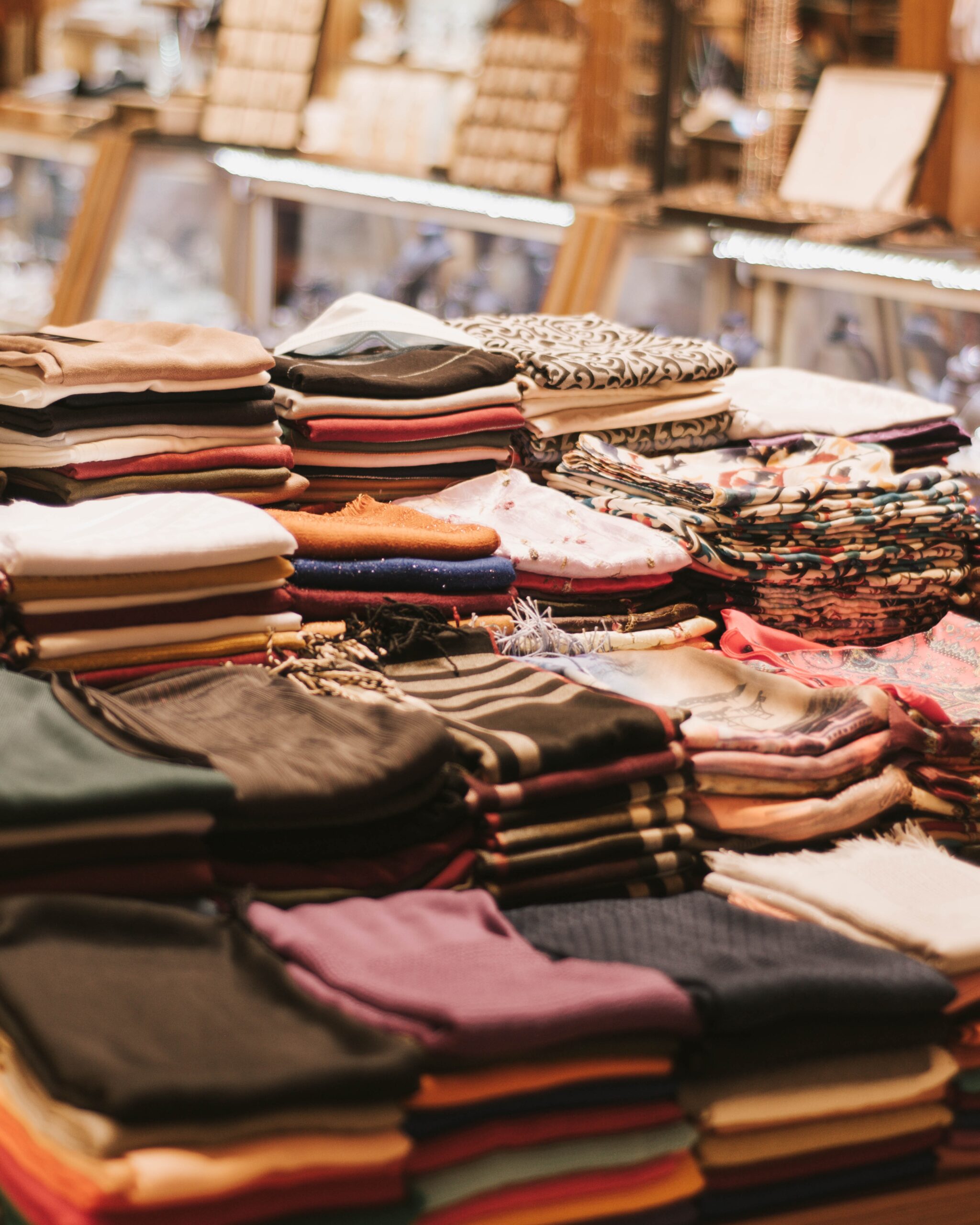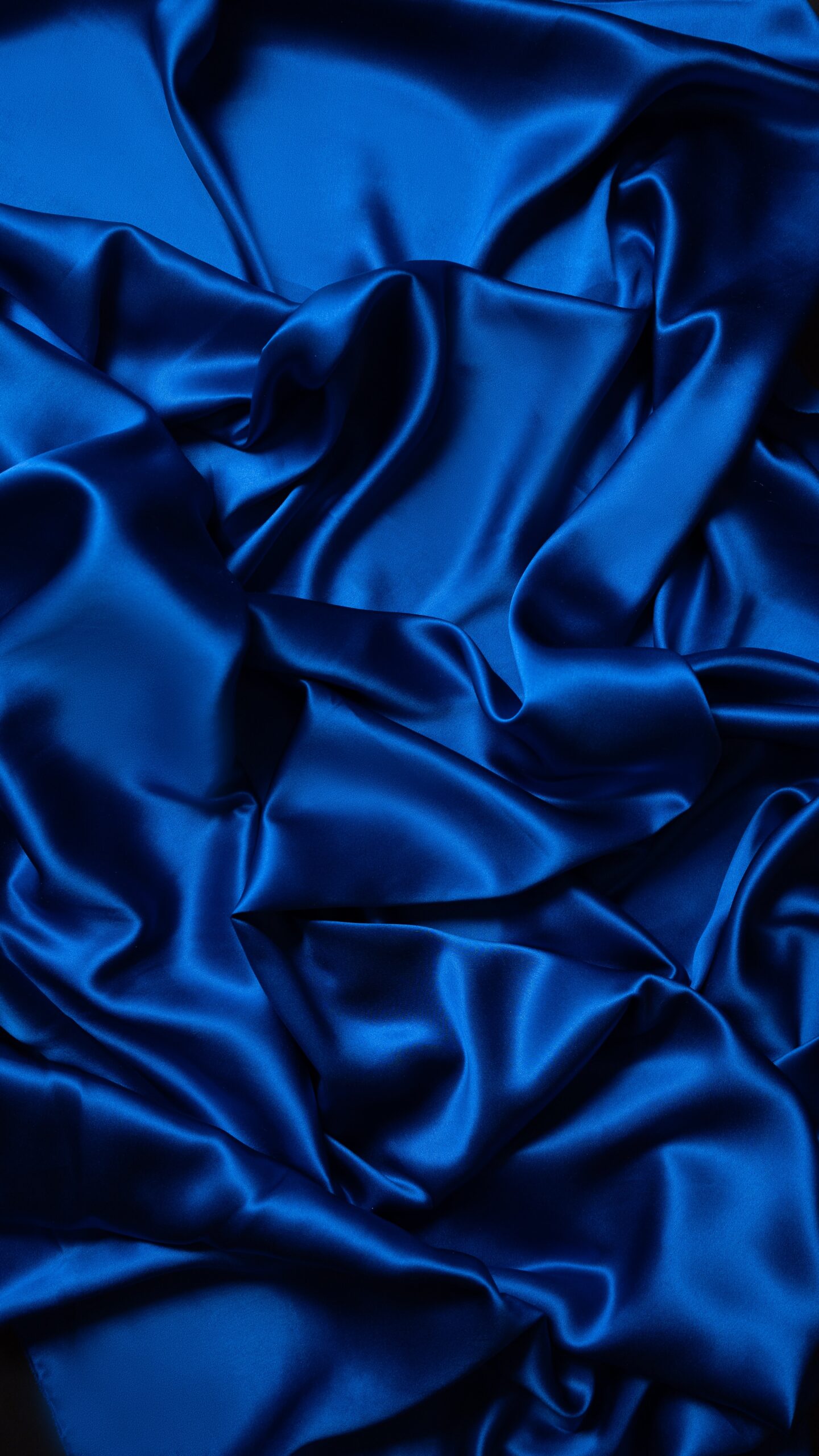Understanding the types and uses of fabrics is complex, especially for those starting a garment business. You can get confused because of the wide variation of quality and design.
There are things to consider when choosing the ideal fabric for your garment. Whether you go for natural or synthetic material, it all boils down to the purpose of the clothing. Each variety of fiber has its characteristics; some are strong and thick, while others are supple and flexible.
For those seeking knowledge and a better understanding of the different varieties of fabric, we have provided a comprehensive guide to fabric types.
Natural/Organic Fiber Fabrics
Natural fiber fabrics are like strands of hair derived from plants or animals made to produce textiles.
Cotton Fabric
There is no denying that cotton is the most widely used fabric for garments and other cloth products. Cotton is known for its soft, comfortable, and breathable characteristics. It is also durable and is perfect for everyday use.
Cotton fabric is inexpensive, versatile, and suitable for making shirts, shorts, underwear, sweaters, socks, blouses, dresses, blankets, and bags. These are comfortable and easy-to-wear clothes for frequent use.
Care Tips: Cotton fabric is safe for both hand and machine wash. Use a gentle detergent when washing this type of fabric. It is best to let it air dry under the sun. It is also safe for ironing under high heat without damaging the fabric.
For removing stains, it is best to soak the cloth with a solution (a mixture of a cup of liquid laundry detergent with a few drops of ammonia) and let it sit for 20-30 minutes before rinsing.
Silk Fabric
Silk fabric is a natural fiber made from insects’ nests and cocoons. It is famous for its shiny, strong, and lasting components. It is also the most expensive natural fabric due to its procedure in making it. Back in the day, only the aristocrats wore this valuable textile.
Silk fabric is lightweight and soft, perfect for gowns, dresses, lingerie, blouses, skirts, nightgowns, bedding, and scarves.
Care Tips: Always check the fabric care label. Some silk is unsafe for machine washing; it is best to hand wash it or take it to the professionals. Never dry it under direct sun.
Removing stains on silk fabric is delicate. Use a stain remover specially made for satin textiles. Let it soak in cold water for 20-30 minutes to prevent permanent stains.
Linen/Flax Fabric
Linen fabric, like cotton, also comes from plants. It is one of the oldest fibers in creating garments and other clothing products. However, flax fibers are hard to weave and could take a lengthy period to manufacture into cloth.
Linen fabrics are valued and commonly used in tropical places because it is lightweight and breathable. It is famous for creating blouses, dresses, jackets, suits, and trousers. Curtains, towels, tablecloths, upholstery, and bedsheets are among the household items produced using linen textiles.
Care Tips: Linen does not have to be dry cleaned. It is safe for hand or machine washing. When washing, only use a gentle detergent to preserve the fiber. Let it air dry to avoid wrinkles and shrinkage.
When removing stains, pour liquid detergent or stain remover directly on the spot and lightly rub it. Rinse the fabric in cold water and allow it to air dry.
Wool Fabric
Wool fabric is another natural fiber from animals’ coats, like goats and sheep. Manufacturers cut off the animal’s hair and spin them into yarn. They then weave the strands to produce fabric and make them into garments.
Makers of coats and sweaters have used wool fabric for cold/winter weather due to its heat insulator characteristic. But garments like hats, jackets, gloves, blankets, upholstery, and carpets.
Care Tips: Because it is durable, it is safe for machine washing. Use a mild laundry detergent. Before washing, always turn the wool garment inside out to avoid damage. Let it air dry. When removing stains, use stain treatment on the dirt and gently rub the spot using your hands. Let it soak for 2-3 minutes before rinsing.
Synthetic/Man-Made Fiber Fabrics
Synthetic fabrics are composed of artificial materials through chemical procedures. Humans manufactured synthetic fibers to address the high demand for textiles.
Polyester Fabric
Polyester is one of the most known and widely used synthetic fibers. Petroleum-based products are the materials used for making polyester fabric. It is well known for its durability and low-cost production. However, it harms the environment during manufacturing and disposal.
Polyester fabric has an array of uses, especially in making garments. Outdoor clothing, suits, shirts, trousers, upholstery, bags, and backpacks are among the many items manufactured using polyester fabric.
Care Tips: It is safe for machine washing. You can either air dry or use a dryer. You can use regular laundry detergents for washing the fabric.
When removing stains, apply a mixture/solution (1 cup white vinegar, 1 cup water, and a tablespoon of liquid detergent) on the spot. Let it soak for 20-30 minutes. Rub the cloth together and rinse with water.
Nylon Fabric
Nylon is a polymer made from petroleum oil. Manufacturers produced nylon as a replacement for silk stockings due to the scarcity of silk. It has sturdy, smooth, lustrous, and soft features, which make it an easy alternative to silk fabric. This type of fabric is also hazardous to the environment.
There are varieties of products made from nylon. Among the clothing are stockings, swimsuits, and workout garments. Household items include umbrellas and bags.
Care Tips: Nylon fabrics are safe for machine washing, and you can use a regular laundry detergent. Do not use bleach to avoid discoloration.
Applying a solution (mix the liquid detergent into warm water) directly to the stain and soaking the garment for 10-15 minutes will remove the dirt. And rinse after.
Spandex/Lycra Fabric
Spandex is a synthetic fabric made from a mixture of polyurethane and polyester. It is known to be more elastic than polyester. It is durable, lightweight, smooth, and soft. Manufacturers incorporate spandex to other fibers due to its elasticity and strength.
Spandex fabric produces garments that require comfort and free-moving capability. Some of the clothes made from spandex are sportswear, fitness apparel, underwear, ballet outfits, dresses, and socks.
Care Tips: Spandex fabrics are best hand washed to maintain their elasticity. Use gentle laundry detergent, do not use bleach. Let it air dry, and keep it away from direct sunlight.
To remove the stain, apply a liquid laundry detergent on the spot and gently rub it together. Avoid scrubbing the dirt to prevent damage.
Other Types of Fabrics
This set of fabrics can be organic or synthetic, depending on the type of material used.
Satin Fabric
Satin fabric is a textile weave. Back in the day, satin was composed of pure silk. But because silk is expensive, satin can now be made from polyester or nylon.
Dresses, lingerie, shorts, robes, blouses, and bedsheets are products made from satin. It is durable, shiny, lightweight, graceful drape, and soft.
Care Tips: Satin is safe to wash by hand or machine in a delicate cycle. Use mild laundry detergent. Do not twist or wring the garment to avoid losing its shape. Allow it to air dry.
Remove the stain by soaking the satin garment in cold water for 15-20 minutes. Pour a bleach-free stain remover directly on the spot and allow it to sit for 8-10 minutes. Then rinse it with cold water.
Chiffon Fabric
Chiffon is one of the lightest fabrics in the market. The most common content of chiffon is silk, nylon, or polyester. The characteristics of chiffon are transparent, breathable, and ideal for summer or hot weather.
This fabric is suitable for making scarves, dresses, wedding gowns, lingerie, and summer outfits.
Care Tips: When washing a chiffon cloth, it is best to hand wash it to avoid damage to the fabric. Use cold water for washing chiffon fabric. Avoid soaking the garment for an extended time because it could ruin the fiber.
To remove stains, apply a solution (mix a few drops of mild detergent with hydrogen peroxide) directly to the spot. Then allow it to sit for 25-30 minutes and then rinse.
Velvet Fabric
In the past, velvet fabric was expensive because of the silk fiber. It was only available to the royal and aristocratic people. Nowadays, synthetic fibers are now the main component.
Some products made from velvet fabric are eveningwear, robes, jackets, upholstery, and curtains.
Care Tips: Generally, velvet fabric requires gentle handling. It must be hand washed using a mild detergent. Never twist or scrub the garment to prevent damage to the fibers.
The stain issues on your velvet clothing are best dealt with by professionals. Taking it for dry cleaning is the best option. But if you have to remove the dirt at home, mix water and a small amount of detergent until foamy. Apply the solution on the spot using a cloth and gently blot the stain. Leave it on for 10-15 minutes, then rinse with cold water.
In conclusion, there are a variety of fabrics. Learning and understanding the basic knowledge would help you choose the right fabric for your sewing project.





